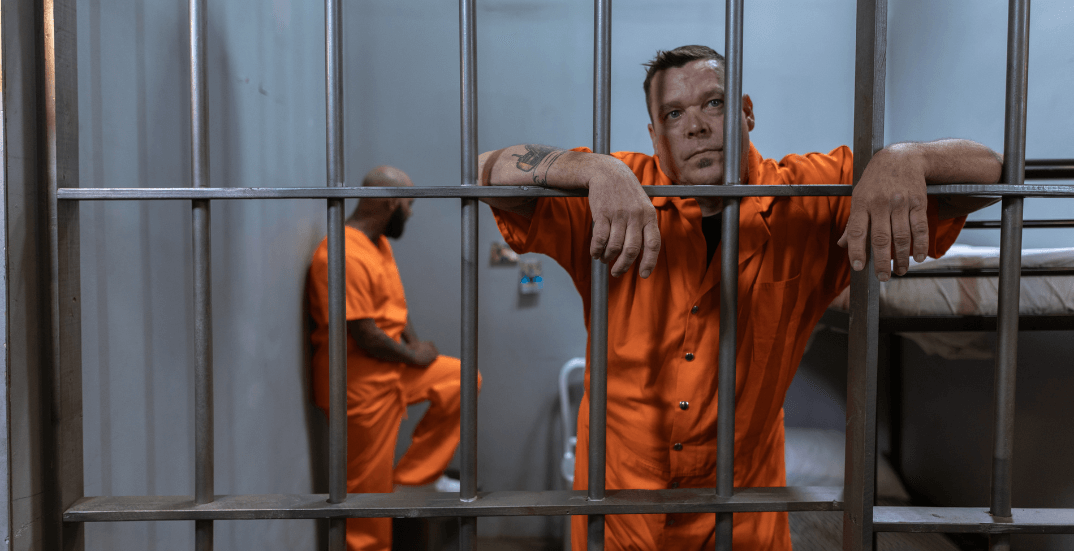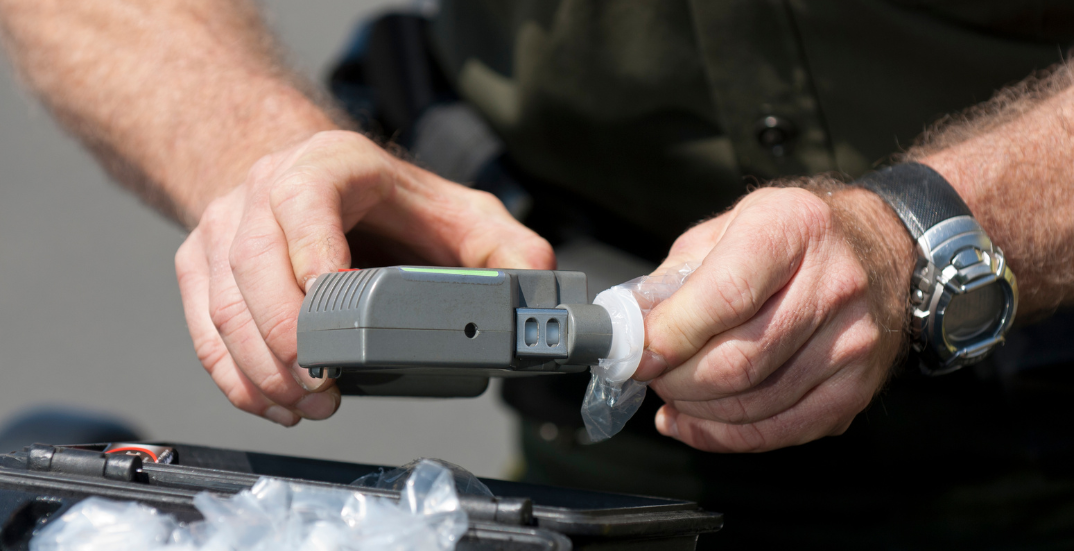Knowing the key distinctions between federal and state prisons in Massachusetts can be crucial for individuals facing incarceration, their families, and even legal professionals. Federal and state prisons differ significantly in terms of management, security levels, types of offenses, and conditions. This guide will break down these differences to help you understand how incarceration works in Massachusetts and beyond.
“The Federal Bureau of Prisons operates federal prisons, while state prisons fall under a state’s Department of Corrections.” – U.S. Department of Justice.
What is a Federal Prison?
Federal prisons are managed by the Federal Bureau of Prisons (BOP) and house inmates who have committed federal offenses.
These crimes often involve violations of national or interstate laws, such as white-collar crimes, drug trafficking, immigration violations, and large-scale fraud.
FMC Devens is a prominent federal facility in Massachusetts. Located in Ayer, it provides care for inmates with complex medical needs and offers minimum and administrative security levels.
Key Features of Federal Prisons:
- Governing Authority: Operated by the Federal Bureau of Prisons (BOP).
- Types of Crimes: Federal offenses like tax evasion, drug trafficking, and organized crime.
- Security Levels: Minimum, low, medium, high, and administrative.
- Inmate Profile: Typically nonviolent offenders.
- Parole System: Federal Parole has mainly been abolished, meaning inmates often serve their complete sentences.
“Our mission is to confine offenders in the controlled environments of prisons and community-based facilities that are safe, humane, cost-efficient, and appropriately secure.” – Federal Bureau of Prisons.
What is a State Prison?
State prisons in Massachusetts are managed by the Massachusetts Department of Correction (DOC). These facilities house offenders who violate state laws, often involving violent crimes such as murder, assault, and theft.
State prisons tend to have a more diverse population regarding crime severity and inmate backgrounds.
Key Features of State Prisons:
- Governing Authority: Operated by the Massachusetts Department of Correction.
- Types of Crimes: State-level offenses like robbery, manslaughter, and arson.
- Security Levels: Maximum, medium, and minimum security.
- Inmate Profile: A mix of violent and nonviolent offenders.
- Parole System: Parole is available for eligible inmates, offering them the chance for early release.

More Differences Between Federal and State Prisons
Federal and state prisons differ in many aspects, including the crimes they handle, the conditions inmates experience, and sentencing structures.
Security Levels and Violence
Federal prisons generally have multiple security levels, from minimum-security camps to high-security penitentiaries, focusing on maintaining safety and order.
On the other hand, state prisons often face challenges such as overcrowding and higher incidences of violence.
Types of Crimes
- Federal crimes include drug trafficking across state lines, tax fraud, and cybercrimes.
- State crimes Include violent acts like homicide, assault, and burglary.
Sentencing and Parole
Federal sentences are often longer due to strict sentencing guidelines, and federal Parole has been eliminated.
In contrast, state prisons in Massachusetts allow Parole, giving inmates a chance for supervised release.
Rehabilitation Programs
Federal prisons often provide structured rehabilitation programs, but access varies depending on the facility.
State prisons may also offer vocational training and educational courses, though resources can be more limited.
Comparison Table: Federal vs State Prisons in Massachusetts
| Feature |
Federal Prison |
State Prison |
| Governing Authority |
Federal Bureau of Prisons (BOP) |
Massachusetts Dept. of Correction |
| Types of Crimes |
Federal offenses (e.g., drug trafficking, white-collar crimes) |
State-level crimes (e.g., murder, assault) |
| Security Levels |
5 levels (min to admin) |
3 levels (max, medium, min) |
| Inmate Population |
Fewer inmates, less violent |
Larger population, more violent offenders |
| Sentencing & Parole |
No federal parole, longer sentences |
Parole often possible, shorter sentences |
| Safety & Conditions |
Generally safer, better resources |
Often overcrowded, varying conditions |
What Are Similarities Between Federal and State Prisons?
Despite their differences, federal and state prisons share some similarities:
- Taxpayer Funding: Both systems are funded by taxpayers and serve the public safety mission.
- Rehabilitation Programs: Both offer programs to help inmates reintegrate into society, although the scope and quality vary.
- Security Measures: Facilities include fencing, surveillance, and armed guards to maintain order.
- Population Segregation: Male and female inmates are housed separately in both system.
“Despite their differences, federal and state prisons share a core purpose: to maintain public safety, enforce accountability, and provide opportunities for inmate rehabilitation.”
Frequently Asked Questions (FAQs)
What is the difference between state and federal prisons?
Federal prisons house offenders of federal crimes, such as tax evasion or drug trafficking, under the management of the Bureau of Prisons (BOP). State prisons handle state law violations, like robbery or assault, under state correctional authorities.
Is federal prison better than state?
“Better” is subjective. Federal prisons are often considered safer, with fewer violent offenders, while state prisons in Massachusetts may offer Parole and more diverse rehabilitation opportunities.
Who goes to minimum-security federal prisons?
Minimum security federal prisons typically hold nonviolent or low-risk offenders, such as white-collar criminals, who enjoy dormitory-style living with fewer restrictions.
How many federal prisons are in Massachusetts?
Massachusetts has one federal correctional facility, FMC Devens, which serves inmates with specialized medical needs.
What’s the difference between federal and state jails?
Federal or state jails are short-term facilities for individuals awaiting trial or serving short sentences. Prisons house long-term offenders convicted of serious crimes.
Why Understanding These Differences Matters
Knowing the difference between federal and state prisons in Massachusetts can help families, lawyers, and communities understand sentencing outcomes and prepare for incarceration.
It highlights variations in conditions, inmate treatment, and rehabilitation opportunities, ensuring informed decisions for those navigating the justice system.
Conclusion
In summary, federal prisons in Massachusetts, like FMC Devens, are designed to house federal offenders with longer sentences and fewer violent crimes. State prisons, managed by the Massachusetts Department of Correction, deal with a broader range of crimes and offer parole options.
Understanding these differences is essential for anyone involved in the legal process. If you or a loved one is facing incarceration or needs legal guidance, contact Riccio Law for experienced representation.






